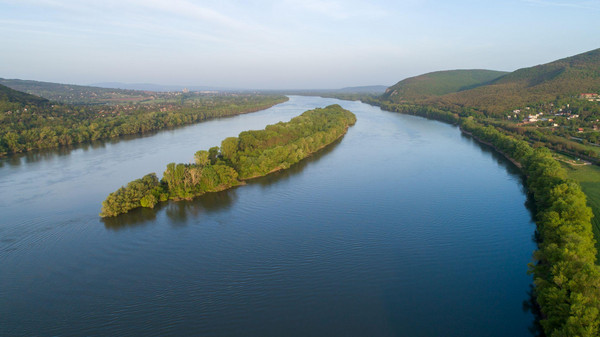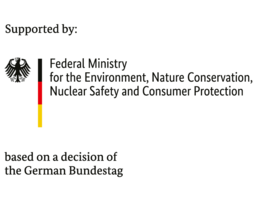What is a Ramsar Regional Initiative?
The Convention on Wetlands is the oldest multilateral international conservation convention and the only one to deal with one habitat or ecosystem type, wetlands. It is an intergovernmental treaty that provides a framework for the conservation and wise use of wetlands, their unique biodiversity, and invaluable ecological services.
The Convention was adopted in the Iranian city of Ramsar in 1971 and came into force in 1975. Since then, almost 90% of UN member states, from all the world’s geographic regions, have acceded to become “Contracting Parties”. It currently comprises 172 contracting countries and more than 2500 wetlands of international importance around the globe.
The Convention provides for the establishment of Ramsar Regional Initiatives to achieve the objectives of the Ramsar Strategic Plan and support cooperation and capacity-building on wetland-related issues in specific regions.
The RRIs are seen as:
a platform for collaborating with technical experts and representatives of intergovernmental bodies, International Organization Partners, NGOs, local communities, and private companies. They have their own management and coordination bodies, and act separately from the Convention but can also receive funding and support (Convention on Wetlands 2022).

A key aspect of RRIs is that although they do operate through voluntary international cooperation on wetland-related issues, they involve the national Focal Points of the Member States, which typically represent the relevant ministries and nature-conservation-related authorities.
Danube WILDisland Ramsar Regional Initiative
At 2023, there were a total of 20 formal RRIs, including four regional centres and sixteen networks for regional cooperation, four of them based in Europe – Nordic-Baltic Wetlands Initiative (NorBalWet), Mediterranean Wetlands Initiatve (MedWet), Carpathian Wetland Initiative (CWI) and Black Sea Coastal Wetlands Initiative (BlackSeaWet).
Their experience and success, together with our need to obtain political support and recognition to anchor the WILDisland concept as a best-practice on an international level, inspired the creation of the Danube WILDisland Ramsar Regional Initiative.
Who are we?

We are a community of stakeholders committed to wetland conservation: governments, scientists, managers, and Non-governmental organizations (NGOs) from across the Danube region.
We comprise a total of 10 countries from the source of the Danube River in Germany, through Austria, Slovakia, Hungary, Croatia, Serbia, Bulgaria, Moldova, and the Danube Delta in Romania and Ukraine.
We are formally supported by the International Commission for the Protection of the Danube River (ICPDR), as well as other international and local institutions and we are coordinated by the DANUBEPARKS Association.
What do we work for?
The Danube WILDisland Ramsar Regional Initiative ultimately aims at the joint preservation and restoration of the Danube near-natural wild islands as the backbone of a unique Danube ecological corridor, connecting numerous protected areas, providing many indispensable ecosystem services and representing important destinations for genuine nature experience, recreation, and tourism.
We want to achieve this through:
- promoting the role of riparian islands as indicators of preserved natural hydrological and morphological processes and symbols of intact habitat connectivity;
- international and cross-sector cooperation for wetland conservation;
- joint projects topreserve, develop, and restore the Danube River, its adjacent floodplains and main tributaries as an integrated ecosystem and inspiring green lifeline;
- promotion of adaptive and integrated non-intervention management and wise use of wetlands;
- capacity building, transfer of knowledge and best practice expertise;
- public awareness and joint information campaigns;

Danube WILDisland Ramsar Regional Initiative supporters
The Danube WILDisland Ramsar Regional Initiative is hosted by:




